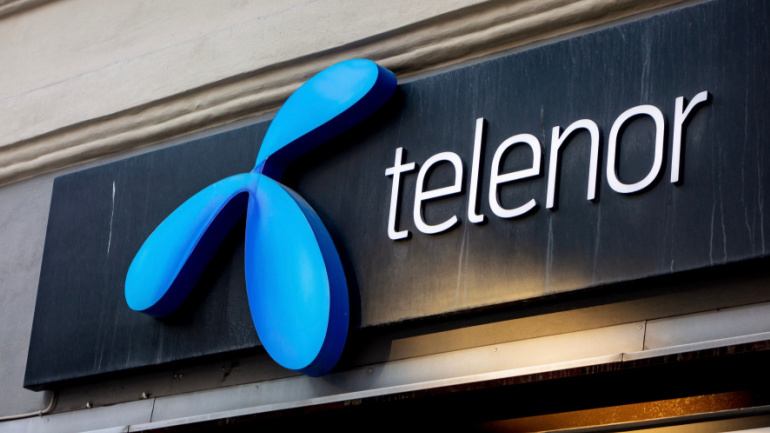Diving into the digital frontier, the Sustainable and Interoperable Digital Identity (SIDI) Hub, an alliance of 17 open-standard organizations, is striving to create cross-border digital identities. Through harnessing insights from significant bodies such as the OECD and World Bank, they aim to establish a minimum set of interoperability requirements. However, recognizing the diverse perspectives globally, they also highlight the need for taking into account the unique social, cultural, and legal contexts of each nation.
Epsilon Telecommunications (Epsilon), a KT Corp. company and leading global interconnectivity provider, has appointed Damon (Young Seok) Lee as its Group Chief Executive Officer. Lee joins Epsilon with over 27 years of experience in the telecommunications and technology sectors, most recently serving as Vice President in KT’s Enterprise Business. He will lead Epsilon’s senior executive team with a focus on optimising the company’s business strategy and global growth.
Telxius, a leading global connectivity provider, has been recognized at the 2024 Data Center Market (DCM) Awards for its Derio Data Center. It has won the award for Excellence in Connectivity, providing a state-of-the-art facility near Bilbao, in northern Spain, designed to harness the potential of the subsea cables connected to it.
In a significant step towards enhancing global digital infrastructure, Telecom Egypt and Hungary’s 4iG have officially agreed to collaborate on constructing a pioneering subsea cable directly linking Albania and Egypt. This groundbreaking initiative, originally outlined in a Memorandum of Understanding last October, marks the first time such a direct connection will be established between the two nations.
Telecom giant Telenor faces a considerable setback as the company braces itself for a $760.3 million blow from its investment in True Corp, spurred by a noticeable decline in share value in 2023. However, amidst this financial turbulence, Telenor maintains a positive outlook. The company affirms that this financial drawback is merely for book records and does not reflect changes in Telenor’s belief in the value of their True Corp asset.
In a recent analysis by ABI Research, the future looks bright for neutral host providers, with projections pointing to a significant revenue increase. By the year 2030, it’s estimated that neutral host connectivity will rake in revenues of around $1.3 billion. Although the current market size remains unspecified, this figure highlights the substantial growth potential for the sector.
Neterra, a telecommunications trailblazer for nearly three decades, recently secured the prestigious ‘Best Central & Eastern European Carrier’ award at the Global Carrier Awards 2023. In an exclusive interview with Svetoslava Bancheva, the PR and Digital Communications Manager, Neterra’s evolution from providing Bulgaria’s first internet connection to becoming a global telecom solution provider unfolds. Svetoslava highlights pivotal milestones, including running submarine cables under the Danube River and the establishment of the Sofia Data Center.
In an exhilarating turn of events, telecommunications titan Ericsson collaborates with the renowned Indian Institute of Technology Kharagpur for pioneering research in AI, Compute, and Radio technology, with a spotlight on 6G development. This theoretical partnership is set to stir groundbreaking headway in fundamental and applied study in the Radio realm, significantly marking India as a technological innovation hub.
Ofcom, the UK’s telecom regulator, wields new measures to curb fraudulent calls and misuse of Calling Line Identification data internationally. This initiative directly targets scammers exploiting loopholes to feign UK numbers. While exceptions exist for legitimate overseas use, maintaining the balance without obstructing genuine calls is an imperative yet challenging pursuit.
Stage X won South Korea’s fourth mobile operator spot with a $322 million bid for 5G spectrum. Yellow.ai and Infobip have partnered to enhance global customer support through AI-driven voice automation and conversational experiences.
Breezeline invests in a 525-mile fiber network to boost internet for 45,000 homes and businesses in New Hampshire. DARPA, in partnership with Nokia’s Bell Labs and others, aims to develop a sustainable Moon base with a robust telecom network to support future Mars expeditions.













